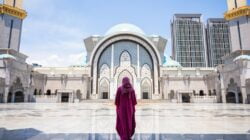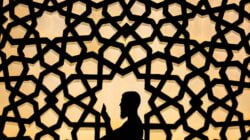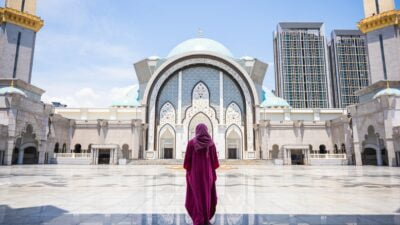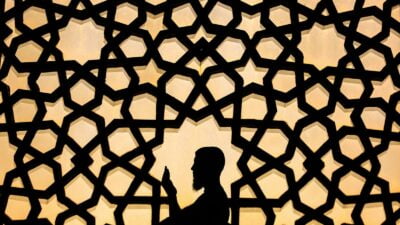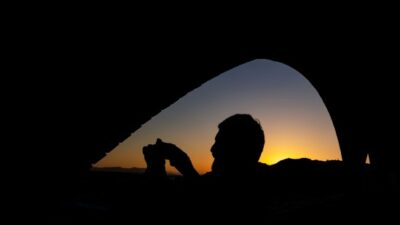Ramadan is a holy month for Muslims around the world, a time for fasting, prayer, reflection, and community. During this special time, many Muslims choose to visit historical sites that hold significance to the holy month. In this article, we will take you on a journey through time as we explore some of the most important Ramadan historical sites.
1. The Dome of the Rock, Jerusalem
The Dome of the Rock is one of the most iconic landmarks in Jerusalem, and it holds great significance to Muslims during Ramadan. Located on the Temple Mount, the Dome of the Rock is believed to be the spot where the Prophet Muhammad ascended to heaven. Visitors can marvel at the stunning architecture and intricate mosaics while soaking in the spiritual atmosphere of this sacred site.
2. Al-Masjid an-Nabawi, Medina
Al-Masjid an-Nabawi, or the Prophet’s Mosque, is another important site for Muslims during Ramadan. Located in the city of Medina, Saudi Arabia, this mosque is the final resting place of the Prophet Muhammad. Muslims from around the world flock to this mosque during Ramadan to perform prayers and seek blessings.
3. The Great Mosque of Cordoba, Spain
During the Islamic Golden Age, the Great Mosque of Cordoba was one of the most important centers of learning and culture in the world. This stunning mosque, with its unique architectural features and beautiful gardens, is a must-visit for those interested in Islamic history. During Ramadan, the mosque holds special events and prayers to commemorate the holy month.
4. Sheikh Zayed Grand Mosque, Abu Dhabi
The Sheikh Zayed Grand Mosque is one of the largest and most beautiful mosques in the world. Located in Abu Dhabi, UAE, this mosque is a testament to the rich Islamic heritage of the region. During Ramadan, the mosque hosts iftar dinners and special programs for visitors to learn more about the traditions and customs of the holy month.
5. The Blue Mosque, Istanbul
Also known as the Sultan Ahmed Mosque, the Blue Mosque is a historic landmark in Istanbul, Turkey. With its stunning blue tiles and six minarets, the mosque is a sight to behold during Ramadan. Visitors can join in the daily prayers and witness the vibrant cultural celebrations that take place throughout the month.
Frequently Asked Questions (FAQ)
Q: Are these historical sites open to visitors during Ramadan?
A: Yes, most of these historical sites are open to visitors during Ramadan. However, it is important to check the opening hours and any special events or restrictions that may be in place during the holy month.
Q: Is it safe to visit these historical sites during Ramadan?
A: While these historical sites are generally safe to visit, it is always advisable to exercise caution and respect the customs and traditions of the local community. It is also a good idea to be mindful of any security measures that may be in place during Ramadan.
Q: How can I learn more about the history of these sites?
A: There are guided tours, audio guides, and informational plaques available at most of these historical sites. You can also consult online resources, books, and documentaries to deepen your understanding of the rich history and cultural significance of these sites.
Overall, exploring Ramadan historical sites is a unique and enriching experience that allows visitors to connect with the spiritual traditions and cultural heritage of Islam. Whether you are a devout Muslim or simply curious about the history of this holy month, these sites offer a glimpse into the past and a deeper appreciation for the significance of Ramadan.


